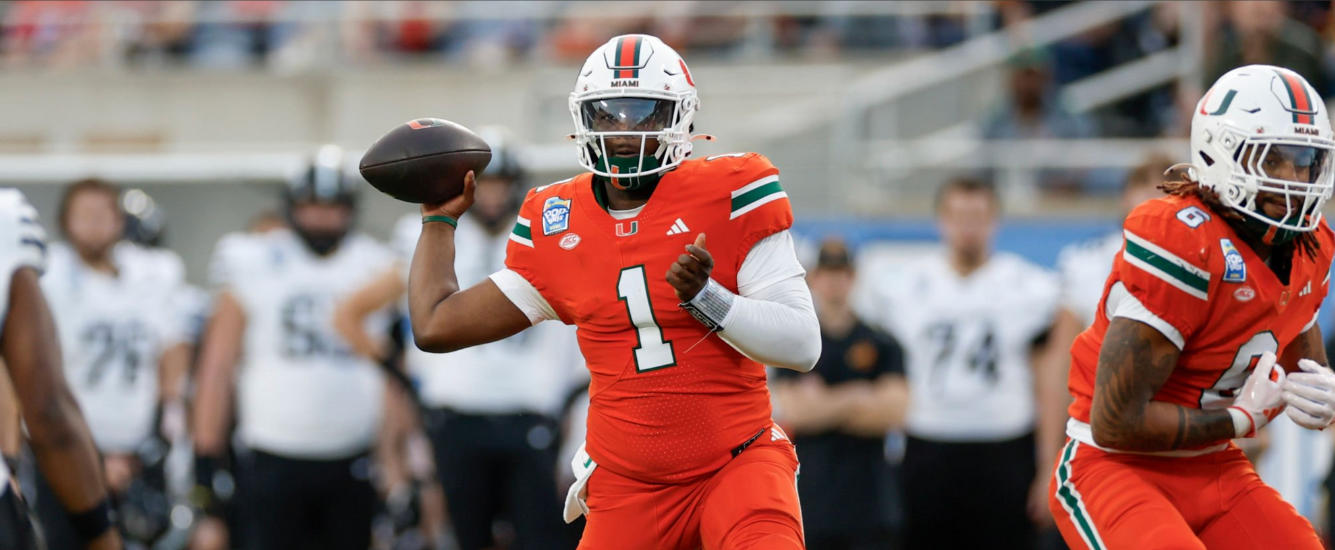The Wide Receiver Prospect Lab has been one of the most reliable tools for evaluating rookie receivers for years. Like its RB counterpart, it uses a linear model to predict early-career fantasy performance based on key college metrics. The beauty of this approach lies in its simplicity — by focusing on a few critical variables, the model avoids both overfitting and overreliance on a single metric.
I’m updating this with our post-draft score in real time during the NFL draft. The post-draft model adds draft position, and a number of metrics that were important in our pre-draft model drop out: size, speed, and competition level are the most notable examples of metrics that are mostly captured by draft position. The importance of raw counting stats is diminished. On the other hand, metrics like final college age, breakout age, and market share statistics still add signal on top of draft position. Final season metrics add very little to draft position, while career metrics appear to be undervalued by NFL decision-makers.
Nearly all of the top scores in the post-draft WR Prospect Lab model are hits: Amari Cooper (100), Sammy Watkins (97), Ja’Marr Chase (96), Mike Evans (95), Demaryius Thomas (92), and Julio Jones (91). Dez Bryant and Justin Jefferson both scored 89. Malik Nabers and Marvin Harrison Jr. both scored 88, as did Drake London and Davante Adams.
Updated blurbs are in blue. Players whose score rose after the draft are now indicated with green headings, whereas those who fell are in red.
Follow along as Shawn updates his Dynasty Superflex Mock Draft Extravaganza in real time, while Kevin updates his landing spot analysis with instant reactions.











